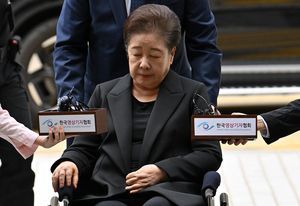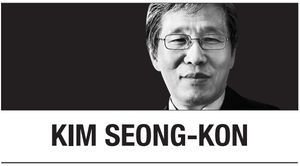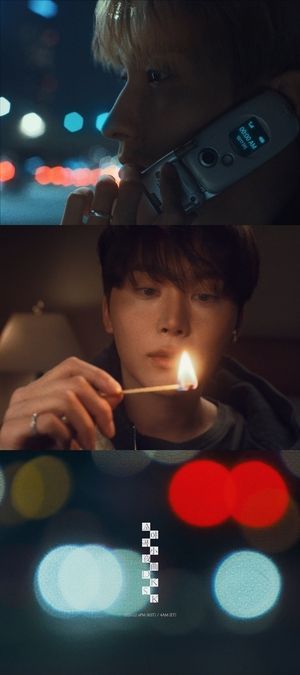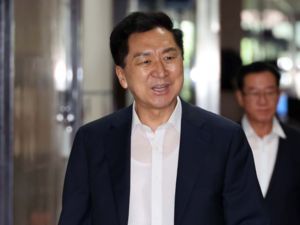
A video of a near-miss collision between a Tesla driver in the United States and a moving train while using the FSD assistance system is making the rounds online.
The driver, Craig Doty II, who is featured in the viral video, recently responded in an interview with NBC News, “I take responsibility for this incident, but I believe there was a flaw in Tesla’s autonomous driving technology, or at least in the system installed in my car.”
The incident occurred on the morning of May 8th in Ohio, USA. According to the Tesla collision report, Doty was driving at a speed of 60 miles per hour, exceeding the road’s speed limit of 55 miles per hour.

The video shows the car, driving on a foggy road, continuing towards a railroad crossing despite a train rushing ahead. Just before colliding with the train, the driver swerved, hit the right barrier, and stopped.
Fortunately, Doty only suffered minor bruises, but the right front of the vehicle was severely damaged, and the right wheel was broken.
Although the weather was misty, the dashboard camera captured a red light, indicating a passing train, flashing five seconds before the accident.
Doty stated, “When approaching the train, I manually controlled the vehicle to avoid it. I can’t understand why the FSD system didn’t react. It was foggy, but the flashing lights were still visible.”
He pointed out, “I was the only person in the car, so needless to say, the accident was my fault. But the bigger issue is that the damn car couldn’t recognize the train.” He ended up paying a $175 fine for damaging the barrier.
He also revealed that he had experienced a similar incident before. He said, “In November last year, my car’s FSD didn’t recognize the tracks as I approached a railroad crossing after a sharp curve, and I almost collided.”
Tesla’s FSD, which is available for a one-time payment of $8,000 or a monthly payment of $99, stands for Full-Self Driving. However, unlike the title implies, the autonomous driving system partially supports and requires constant intervention of the driver.
Tesla recognizes the system’s shortcomings. It specifically advises against using the FSD system in weather conditions like rain, snow, direct sunlight, and fog, as these can significantly impair the system’s performance. This is because factors such as ultrasonic sensors can be disrupted in such weather, preventing accurate detection of the surrounding environment.










Most Commented